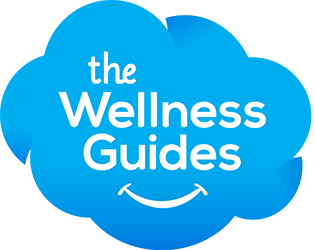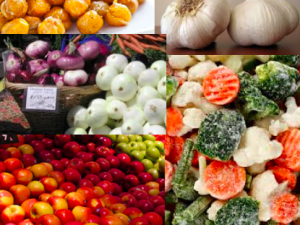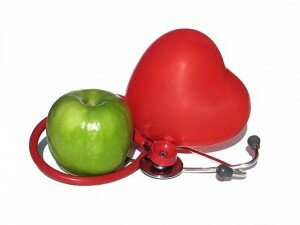
February is American Heart Health Month, which means heart-healthy eating is all the rage and a major topic of conversation– but how do you eat for heart health? Here are some simple ways you can make your every day a little more heart-healthy.
1. Spice it up- laying off the salt that can raise blood pressure, and picking up the pepper shaker or spices is one great way to eat more healthfully for your heart. We often eat more salt in our everyday lives than we realize, especially if we’re getting foods prepared outside the home.
Low-salt tips:
- When eating out:
- choose freshly ground pepper over the salt shaker
- ask for sauces on the side– they can be loaded with salt and calories, so adding your own can help you eat fewer calories and salt
- ask for grilled instead of sauteed when it comes to meats and even vegetables
- order mostly vegetables as they have high levels of potassium which can help to counter-balance salt in foods
- When at home:
- season your food with spices over salt– fill your cabinet with a wide variety of spices, some of my favorite include basil, oregano, curry, and salt-free blends like Mrs. Dash
- prepare most of your food from fresh ingredients as often as possible- this will limit the amount of salt in your food
2. Pick Healthy Fats- picking the right type of fat can be a great way to improve both heart health and overall health in general. As often as possible, choose unsaturated fats, which come in two types- mono and polyunsaturated. Both mono and polyunsaturated are very heart healthy as they contain no saturated fats and also because they may be able to improve “good” blood lipids like HDL and reduce “bad” cholesterol like LDL.
Healthy fat tips: Add these healthy-fat containing foods to your shopping list:
- Nuts & nut butters- like almonds, cashews, macadamia, walnuts and hazelnuts
- Avocado
- Olive oil or coconut oil- use these for cooking and salad dressings
- Wild or organic salmon- contains heart-healthy omega 3 fatty acids
- Choose low or no-fat instead of whole fat milk and yogurt products
3. Fill up on Fiber- filling up on fiber that comes from both whole produce like fruits and vegetables, and also choosing whole grains like brown rice and quinoa when possible can be a great way to eat heart-healthy. Fiber may be beneficial in improving “good” cholesterol and also may help to lower “bad” cholesterol, LDL. Filling up on whole produce is not only great due to the fiber content but because it also contains potassium, an important electrolyte that can counter-balance sodium and help to promote healthy blood pressure.
Fiber-filled foods to pick:
- Oats and oatmeal- add fruits like banana or berries for extra fiber and potassium as well as other nutrients and nuts for a healthy fat
- Pureed soups and smoothies made from whole fruits and vegetables
- Brown rice and other heart-healthy grains like quinoa, teff, kaniwa, and buckwheat
- Leafy green vegetables like kale a broccoli are both a great source of fiber and potassium




